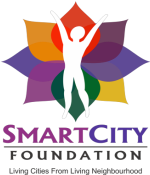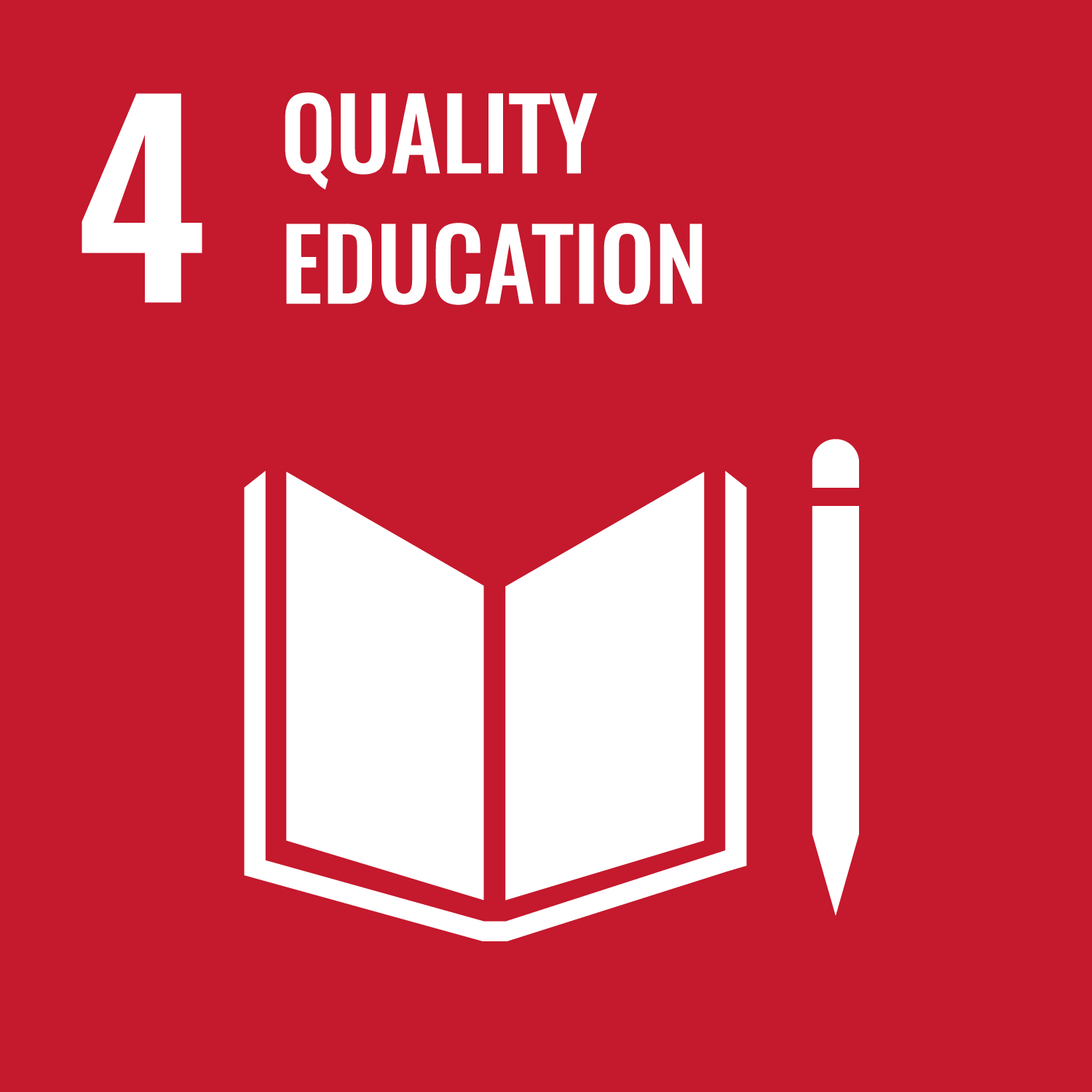Sustainable Development Goal 4 (SDG 4) aims to “ensure inclusive and equitable quality education and promote lifelong learning opportunities for all” by 2030. It encompasses a wide range of targets, including access to free primary and secondary education, quality learning outcomes, and equitable access to higher education. As we approach the midway point of the SDG timeline, analyzing the progress made by different countries is crucial to assess the road ahead.
Top 5 Countries Leading in SDG 4:
- Finland (86.76): Boasts a robust education system with strong emphasis on teacher training, equitable access, and personalized learning. (Source: Sustainable Development Report 2023)
- Sweden (85.98): Focuses on early childhood education and lifelong learning opportunities, leading to high literacy rates and strong academic performance. (Source: Sustainable Development Report 2023)
- Denmark (85.68): Invests heavily in education, prioritizing student well-being and fostering critical thinking skills. (Source: Sustainable Development Report 2023)
- Germany (83.36): Offers a diverse educational landscape with strong vocational training programs, contributing to a skilled workforce. (Source: Sustainable Development Report 2023)
- Austria (82.28): Emphasizes individualized instruction and caters to student needs, resulting in high completion rates and positive learning outcomes. (Source: Sustainable Development Report 2023)
India’s Progress:
India’s SDG 4 score stands at 62.03, ranking it 104th globally. While significant progress has been made in expanding access to education, especially at the primary level, challenges remain in terms of quality, equity, and learning outcomes.
Key Achievements:
- Increased literacy rate from 74% in 2011 to 77.7% in 2021.
- Gross enrollment ratio in primary education reached 100% in 2022.
- Gender parity achieved in primary and secondary education.
Areas for Improvement:
- Learning outcomes remain low, particularly in rural areas. (Source: Annual Status of Education Report 2022)
- Inequality persists in access to quality education, with disparities based on gender, caste, and socio-economic status. (Source: UNESCO Institute for Statistics)
- Shortage of qualified teachers, especially in rural areas. (Source: National Council for Teacher Education)
What India Can Do:
- Increase investment in education: Government spending on education needs to be increased significantly to improve infrastructure, teacher training, and learning materials.
- Focus on quality and equity: Implement reforms to enhance learning outcomes and ensure equitable access to quality education for all children, regardless of their background.
- Invest in early childhood education: Early childhood education plays a crucial role in cognitive development and school readiness. Expanding access to quality preschool programs is essential.
- Strengthen teacher training: Provide comprehensive training programs for teachers to equip them with the skills and knowledge needed to deliver effective instruction.
- Leverage technology: Utilize technology to improve learning outcomes, provide access to educational resources, and bridge the digital divide.
Sources:
- Sustainable Development Report 2023: https://dashboards.sdgindex.org/
- UNESCO Institute for Statistics: http://data.uis.unesco.org/
- Annual Status of Education Report 2022: https://pratham.org.uk/aser-india-2022/
- National Council for Teacher Education: https://ncte.gov.in/website/index.aspx
By addressing these challenges and prioritizing education, India can strive towards achieving SDG 4 and ensuring that every child has access to quality education and the opportunity to reach their full potential.

